I often get this question, “Is it possible to mix different woods in the home?”
When it comes to wood, many people love it but are afraid to use it because they fear unattractive results!
And indeed, they are right: if you are not careful, the risk of chaotic environments is around the corner, but at the same time, using only one type of wood could make the environment definitely monotonous!
We’ve seen it on other occasions (here I talk about it): one of the ways to make a room intriguing is to use contrast because it creates movement, and mixing woods could be one way, and in order not to make a mistake, it’s enough to follow some small “rules.”
First of all, talking about wood, you have to keep in mind that there are two characteristics that you need to consider:
– color or tone
– texture
COLOR OR TONE
Woods can be Warm, Neutral, or Cold.
Warm woods tend to yellow, orange, and red colors; neutral woods tend to beige and cream colors; while cold woods will tend to grays.
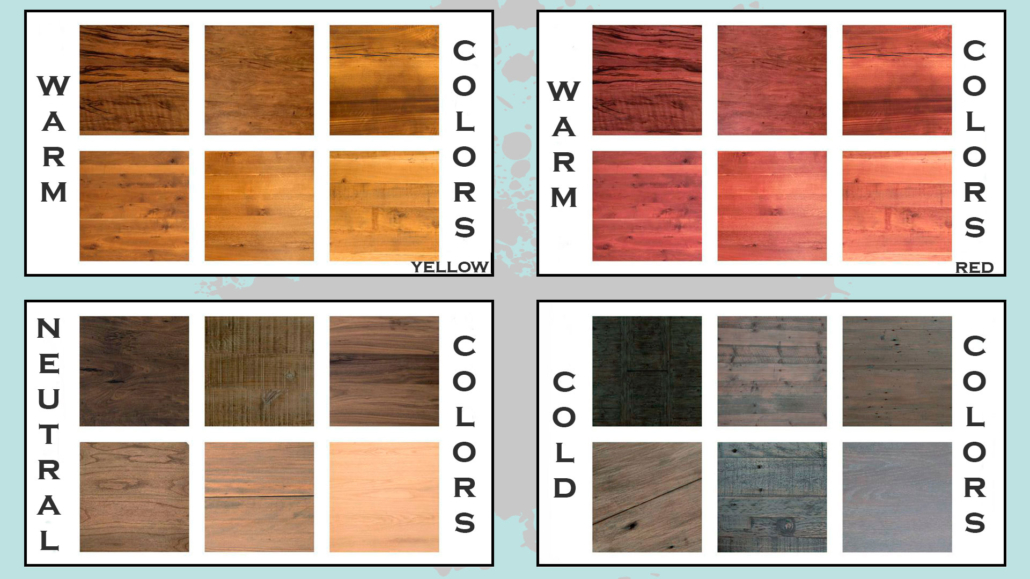
Natural oak, hickory, cherry, beech, teak, acacia, and mahogany, are some woods that are part of Warm woods.
Maple, wenge, ash, birch, taupe oak, and dark brown are examples of Neutral woods.
Bleached oak, gray oak, gray elm, white maple, silver oak, and heather are part of the Cold woods.
Each tone, whether warm, neutral, or cool, also has different undertones or brightnesses; that is, it can be more or less intense and saturated!
TEXTURE
Different woods have varied grains, more or less pronounced, and these grains or textures will characterize rooms differently.

Marked grains will make the room more rustic and informal, while finer grains will make the environment more formal and refined.
Having made this necessary introduction, let’s see how to combine different woods and achieve harmonious and characteristic settings!
– CHOOSE THE MAIN TONE
The first thing to do is to choose a principal tone for the house, warm, neutral, or cool.
If you already have a parquet floor or a significant piece of furniture, that will be the tone to start with.
Once this is done, you can include other types of wood by following two rules:
1) SAME TONE, DIFFERENT SUBTONES (BRIGHTNESS)
It is the easiest combination: match lighter or darker woods with the same tone.

(credit Studio Mc Gee; Kindred Homestead)
Merely put, combine neutral woods with neutrals, cool ones with cools, and warm with warm.
In the case of warm tones, however, I advise you to avoid mixing woods tending toward red with ones leaning toward yellow because they don’t tie together too well!
Light, medium and dark essences create movement and contrast while maintaining uniformity thanks to the shared tone.
2) TOUCH OF DIFFERENT TONE
This one is a slightly more daring combination, but that can yield beautiful results!
When you decide to mix different tones, remember to dose them well; first of all, don’t mix more than 2, and one of them only as an accent, in small touches.
Compared to the previous combination, the contrast, will be stronger and more visible, so don’t overdo it!
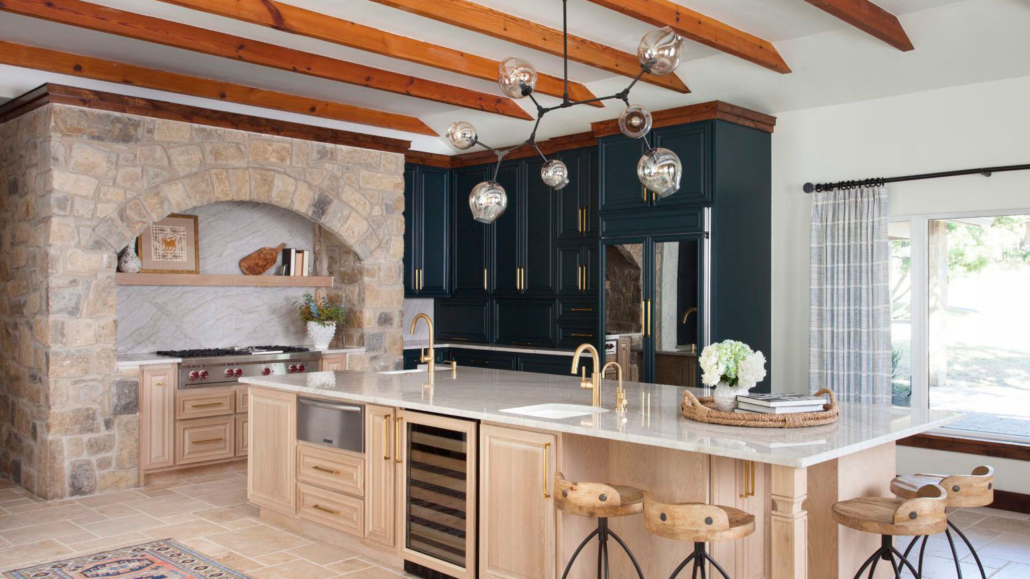 (credit Bandd design-neutral and red warm)
(credit Bandd design-neutral and red warm)
To make the environment more cohesive, repeat this combination at least a couple of times.
– BALANCE
Be careful how you distribute the wood elements in the room; if you group them all only in one place, that area will be relatively heavy.

(credit Milk Magazine; Unisonhome)
That also applies to essences, light and dark, or different tones: distribute them so that there are no unwarranted “assemblages.”
– WATCH OUT FOR THE GRAIN
I said it just before, large grains give the feeling of rustic environments, while finer ones of more formal spaces.
You can mix these too: depending on the atmosphere you want to create, putting different grains together will definitely give the room character!

(credit Zara home; arscity.com)
Again, be sure not to overdo it: choose the primary grain that will give the room style and add a few touches of wood with different grain.
– INTERRUPT
To better match the different woods and harmonize it all, use various elements of disruption.
Rugs, for example, are good allies to soften the different wood tones.
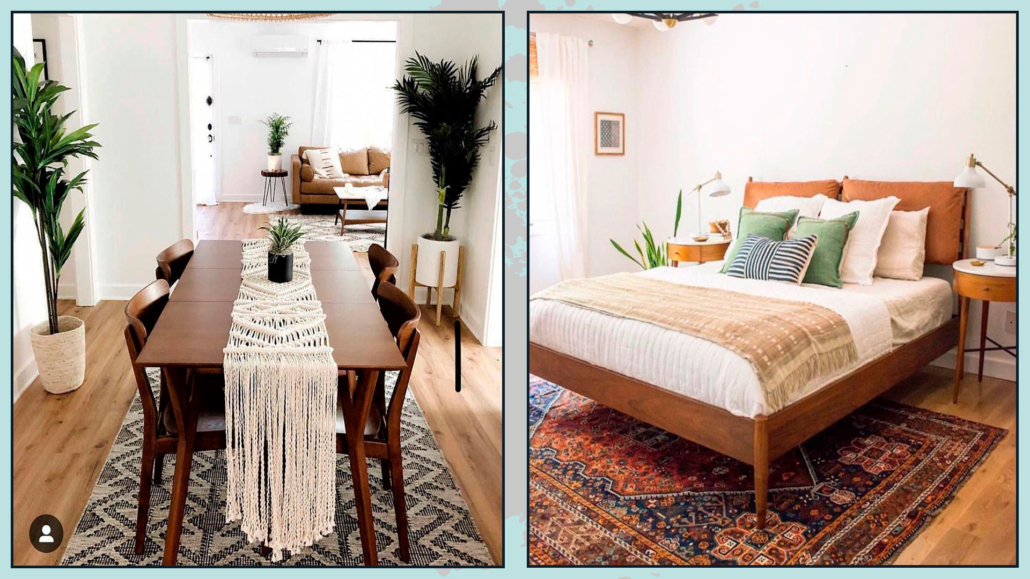 (credit etsy.com: 123design)
(credit etsy.com: 123design)
If the woods you used are dark, remember to use light tones in the fabrics and other elements, such as the sofa or on the walls. That will help keep the room from being heavy and make it “breathe”!
Try to have, if it’s possible, “physical” samples and take them to the rooms where you would like to use them.
That’s because figuring out matches from catalogs is not always easy; it’s better to “touch them with your hands.”
Taking them to the rooms where you would like to use them serves to understand their rendering based on the light present there! The same materials may perform differently depending on the room orientation and the natural and artificial light present!!!
I hope this article was helpful and you love it; in case, let me know in the comments!
Feel free to share it with anyone you think might be interested, I will be honored, and it will help me get my name out there.
If you feel that your home, or some environment of it, does not reflect you enough, do not wait any longer and book your consultancy!
This post is also available in: Italian

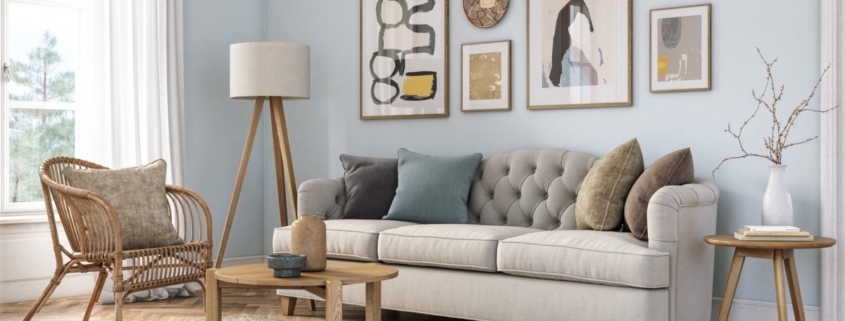
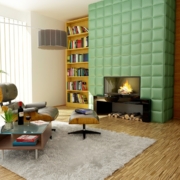
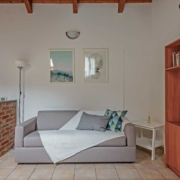
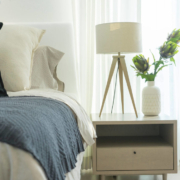


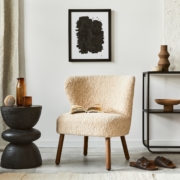


Leave a Reply
Want to join the discussion?Feel free to contribute!